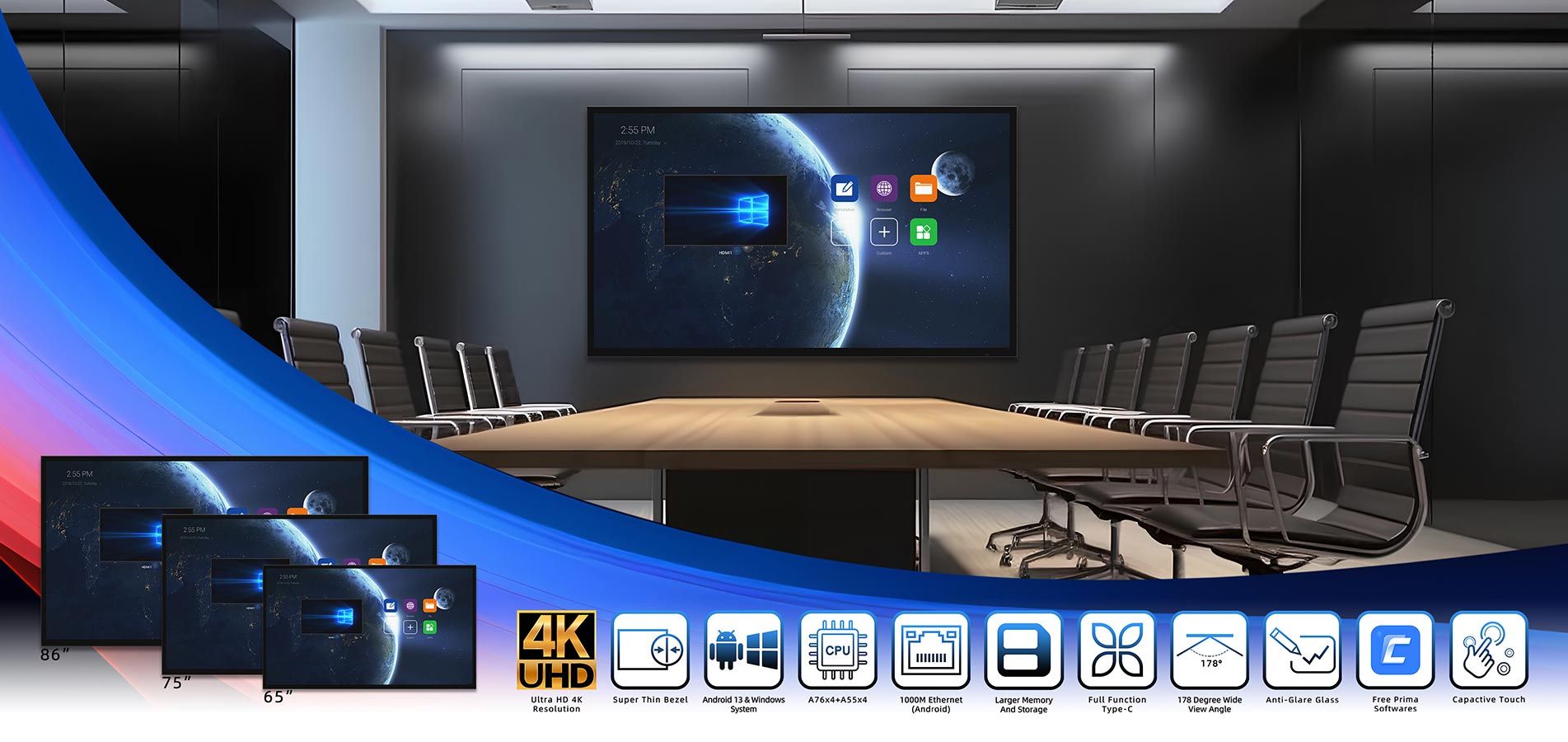The Next Level of Collaboration How Interactive Flat Panels are Shaping Business Meetings
Interactive flat panels are revolutionizing the way we conduct meetings and collaborate in professional settings. These large, touch-sensitive displays enable real-time interaction and collaboration, allowing participants to brainstorm, share ideas, and make decisions more effectively.

Applications of Interactive Flat Panels in Conference Scenarios
One of the key benefits of interactive flat panels is their ability to facilitate remote collaboration. With features such as video conferencing, screen sharing, and virtual whiteboards, participants can connect with colleagues anywhere in the world as if they were in the same room. This not only saves time and travel costs but also enhances productivity by enabling faster decision-making processes.
Interactive flat panels are also useful for training and presentations. Trainers can use the panels to create engaging content that encourages participation and interaction from learners. Presenters can also utilize the panels to deliver more impactful presentations by incorporating multimedia elements such as videos, animations, and interactive graphics.
In addition to these applications, interactive flat panels can be used for a wide range of other purposes in conference scenarios. For example, they can be used for real-time polling and surveys, which can provide valuable insights into participant opinions and preferences. They can also be used for collaborative document editing, allowing multiple users to work on the same document at the same time.
Potential of Interactive Flat Panels in Conference Scenarios
As technology continues to advance, we can expect interactive flat panels to become even more sophisticated and versatile. One potential area of development is the integration of artificial intelligence (AI) capabilities. For example, AI algorithms could be used to analyze participant engagement levels and adjust the content accordingly to keep everyone involved and interested.
Another exciting possibility is the use of augmented reality (AR) technology in conjunction with interactive flat panels. AR could be used to create immersive environments that enhance the learning experience or provide participants with a more realistic understanding of complex concepts.
In conclusion, interactive smart panels have already transformed the way we conduct meetings and collaborate in professional settings. As technology continues to evolve, we can expect these panels to become even more powerful tools for enhancing productivity, engagement, and collaboration in conference scenarios.